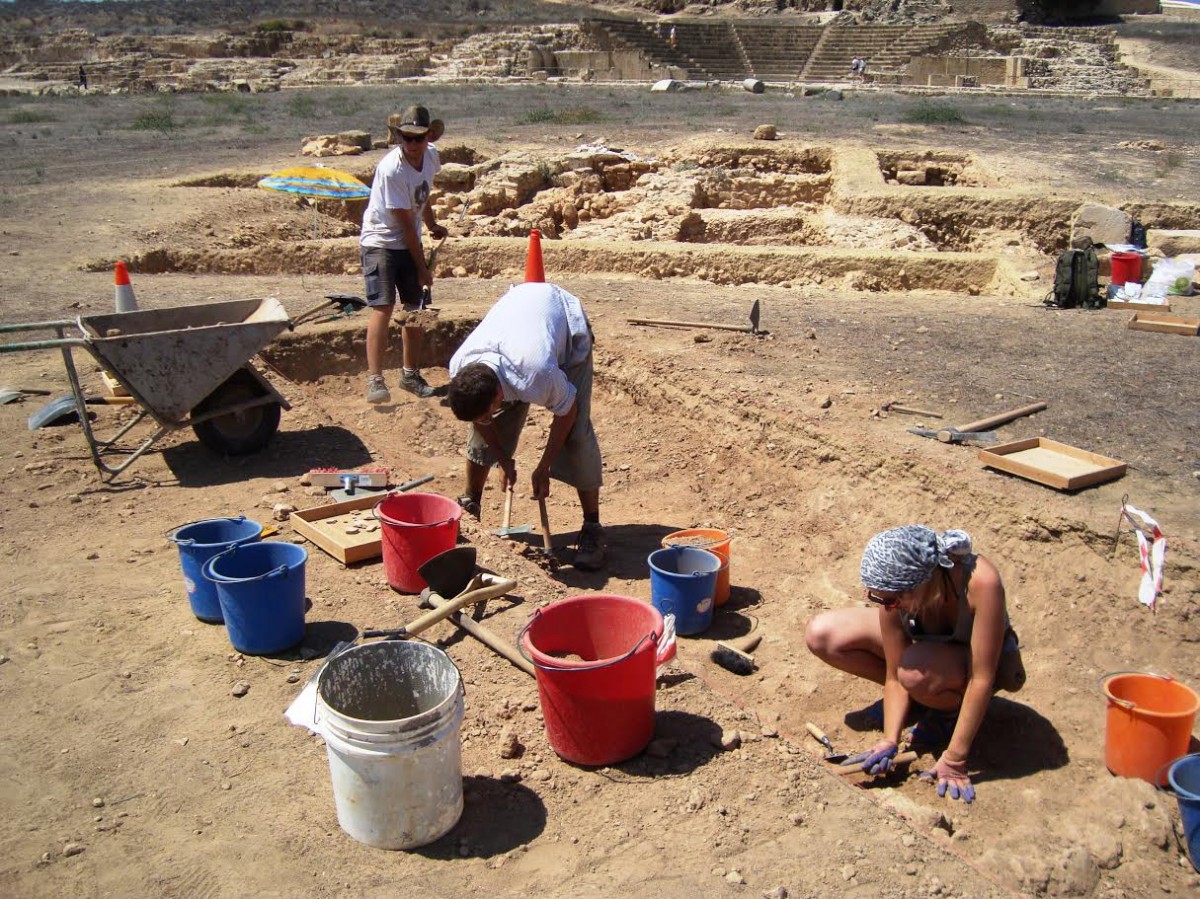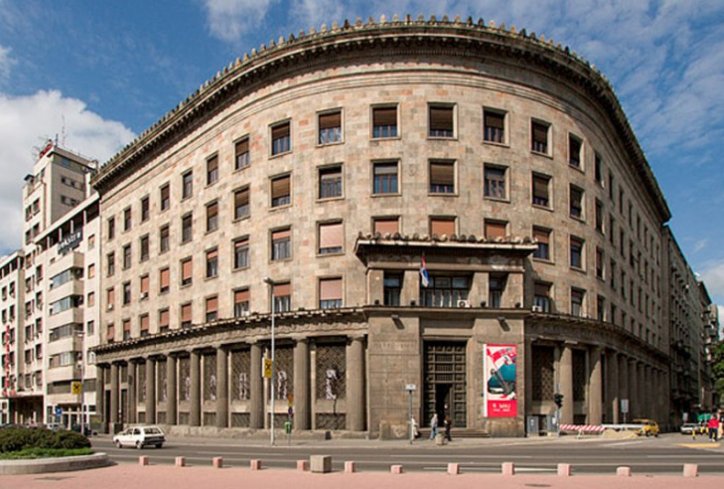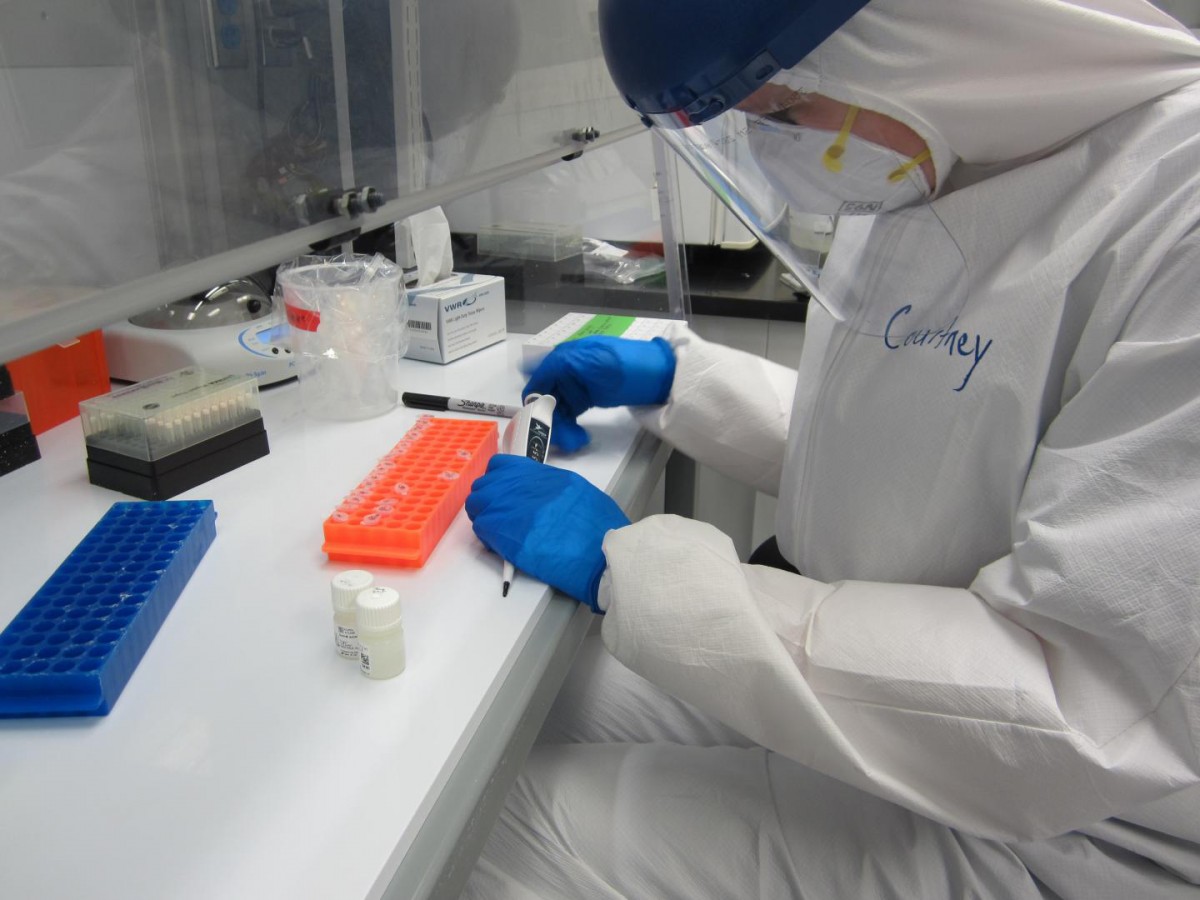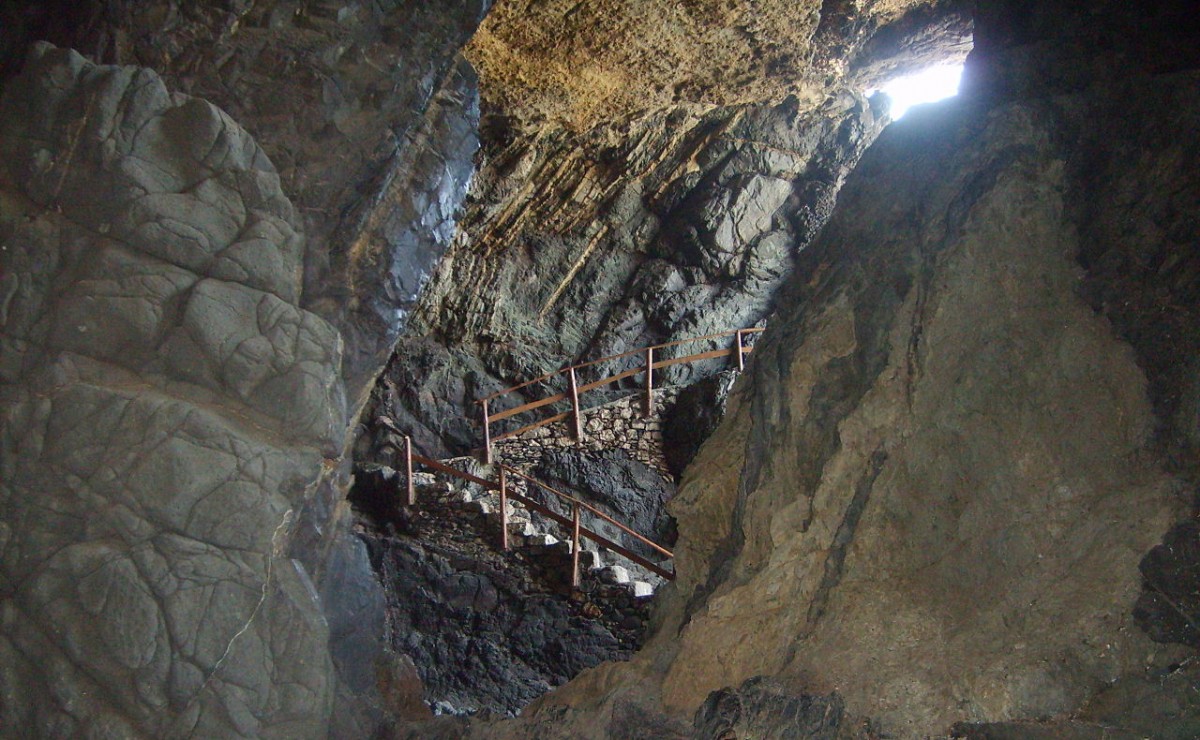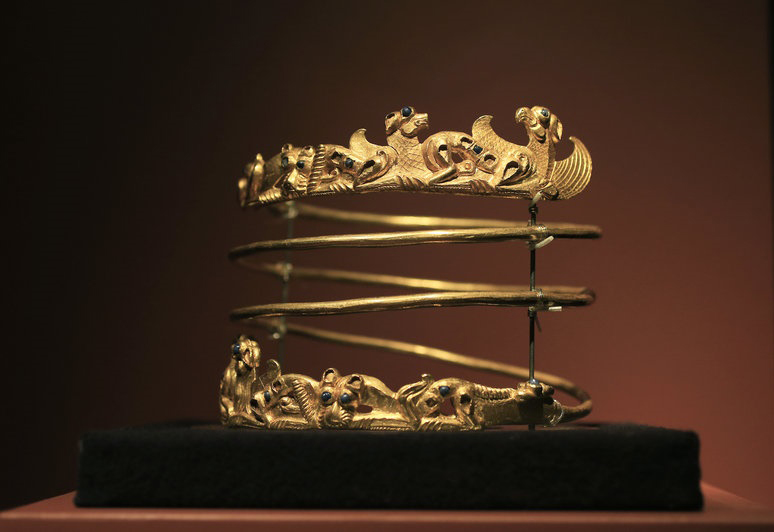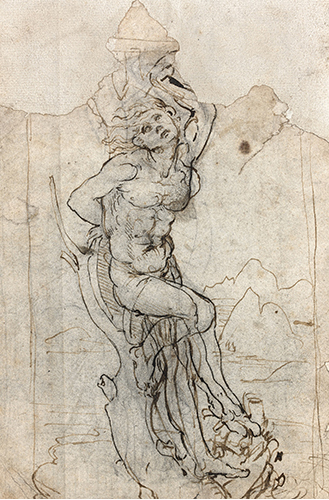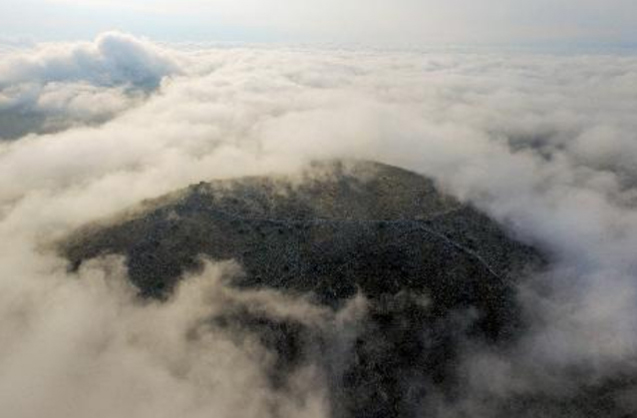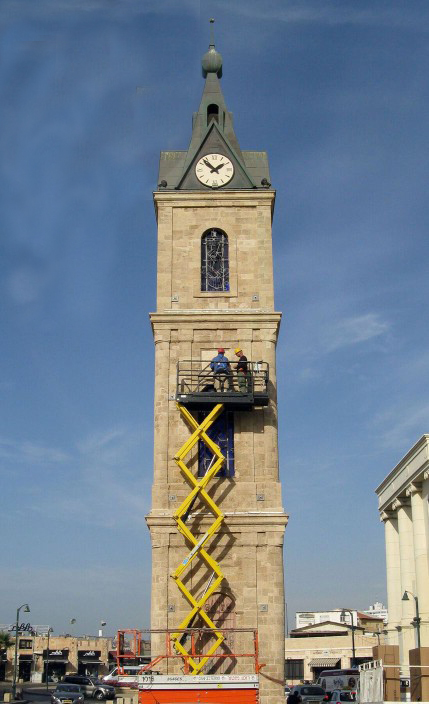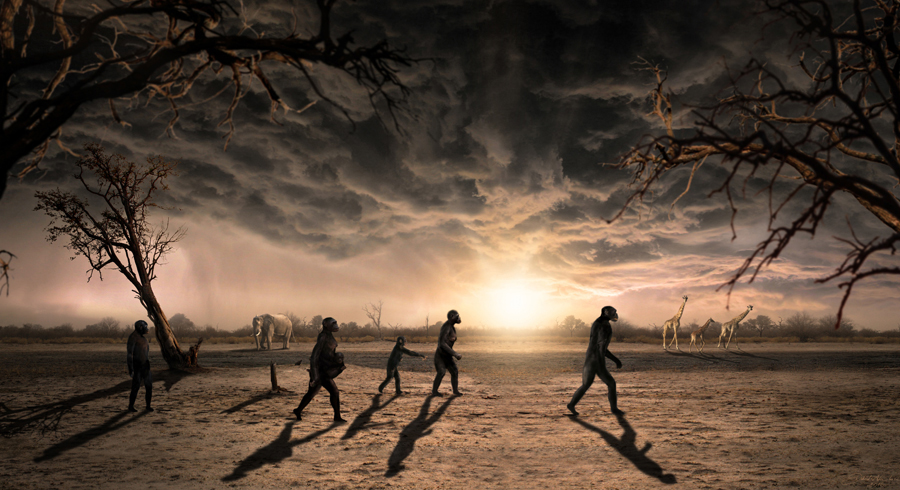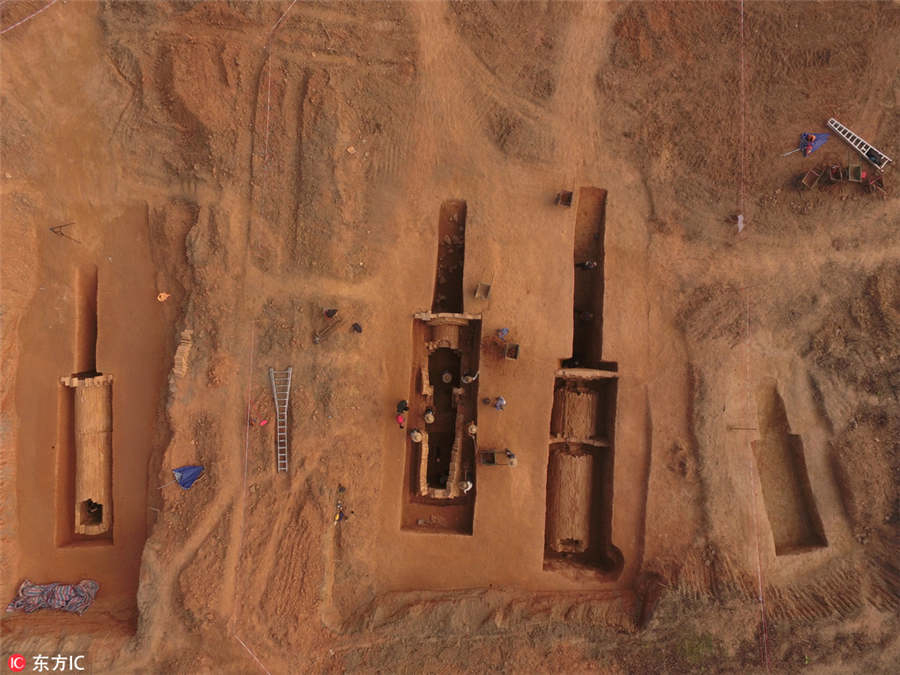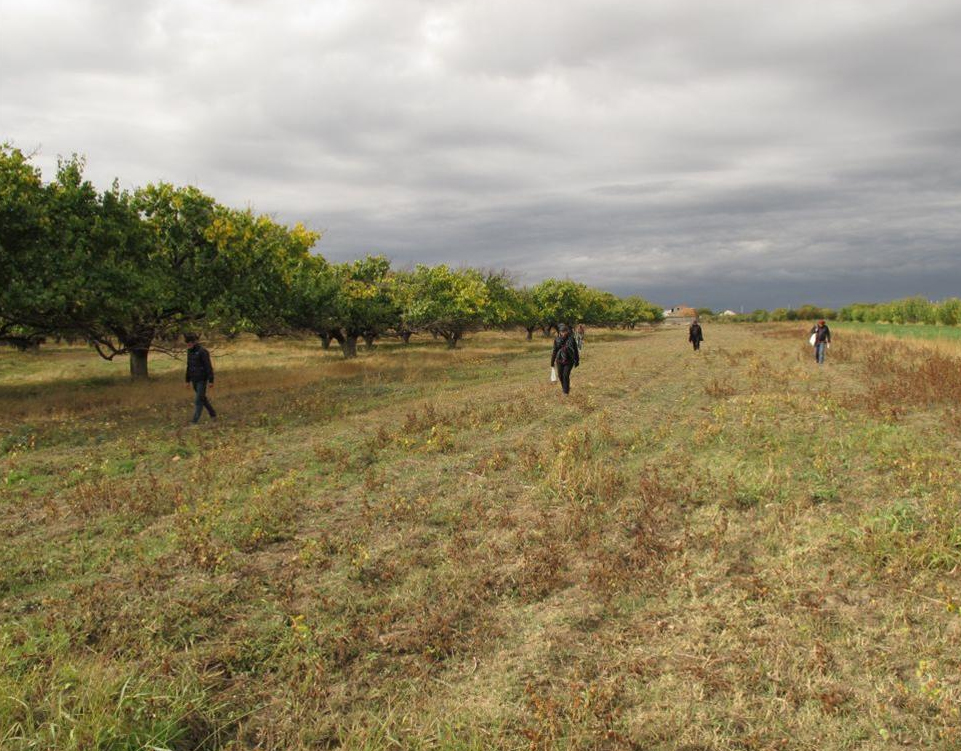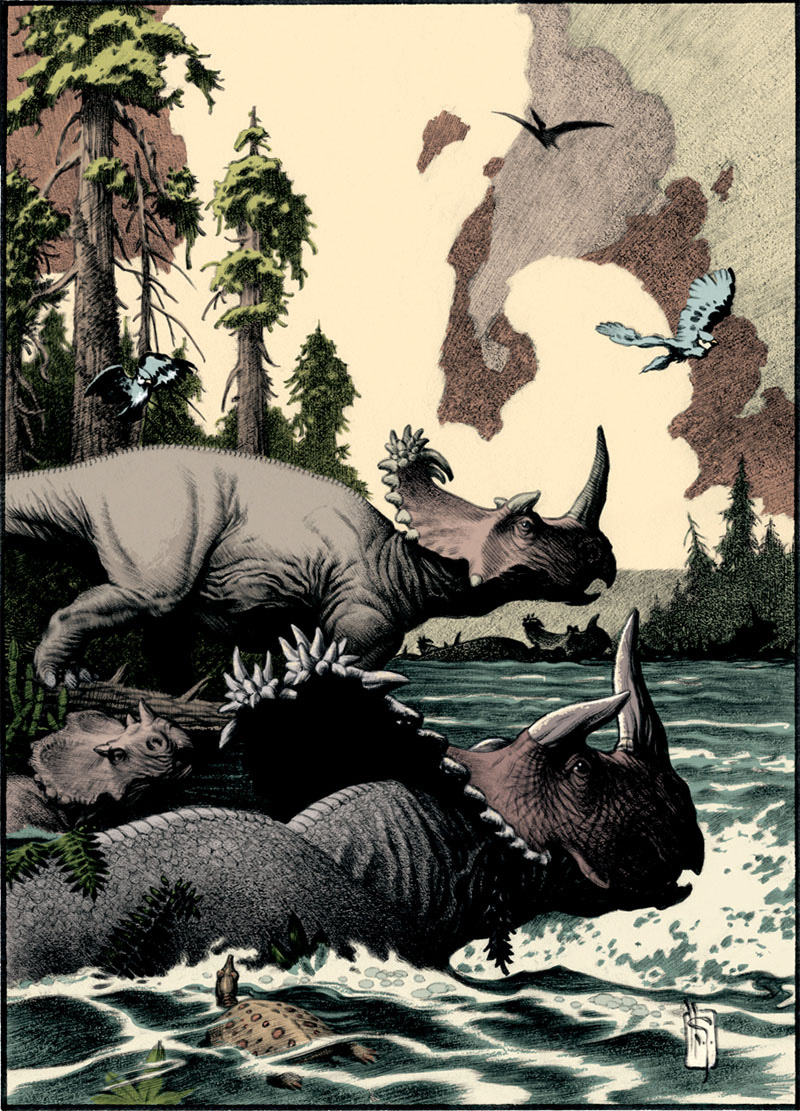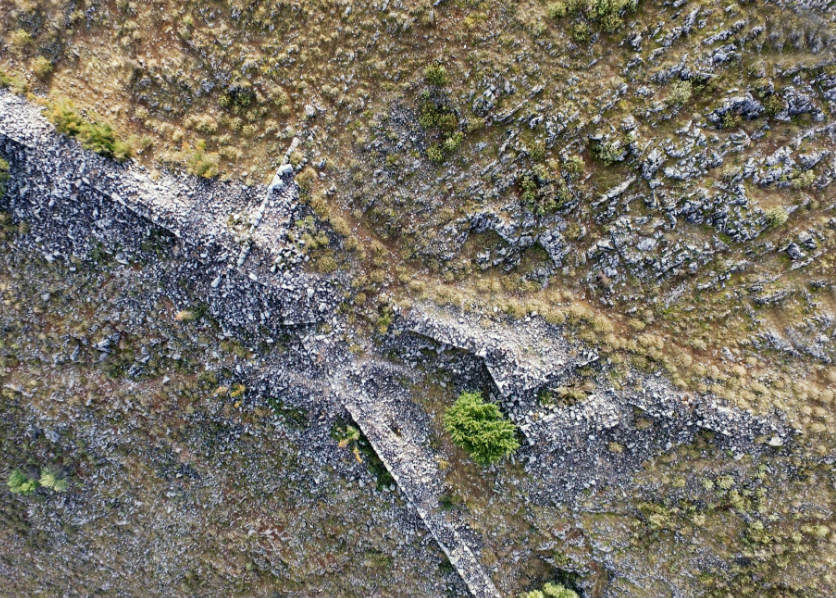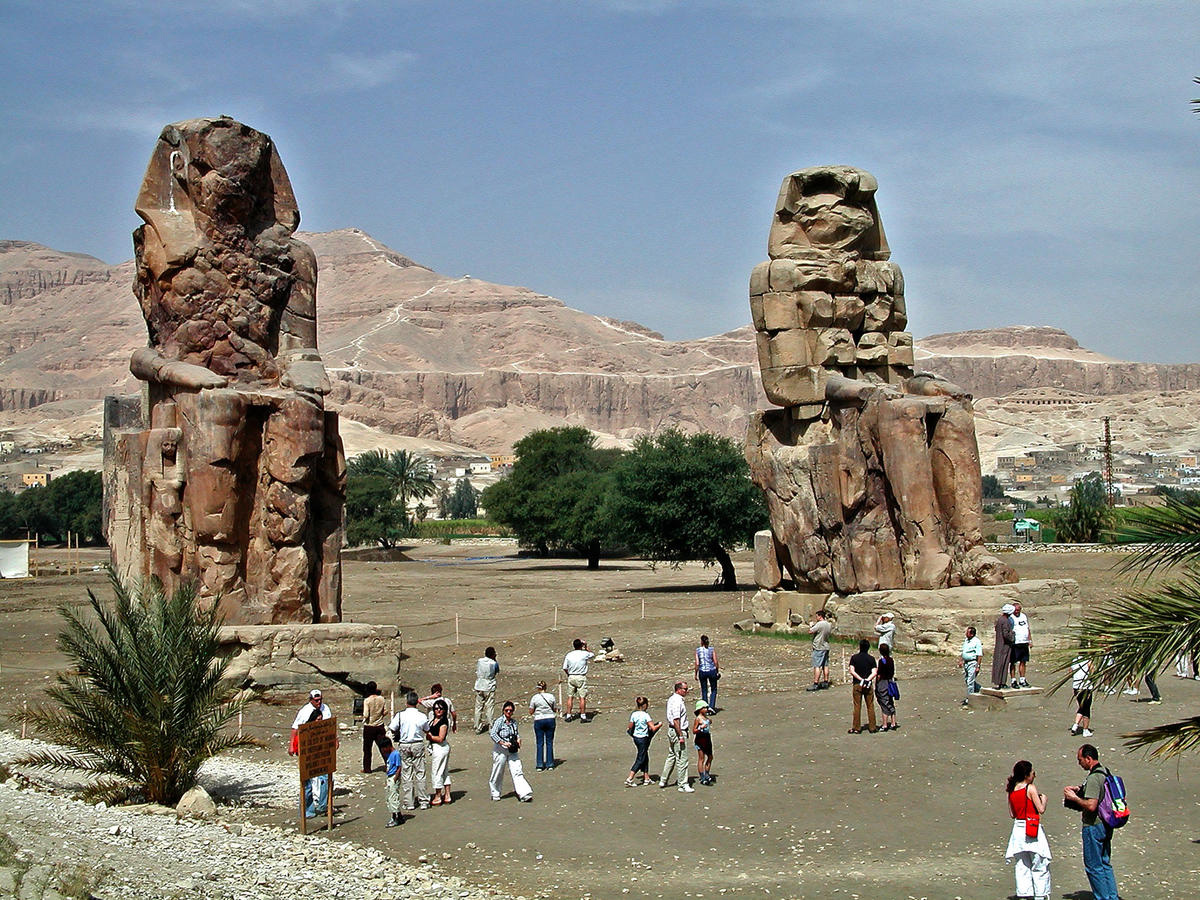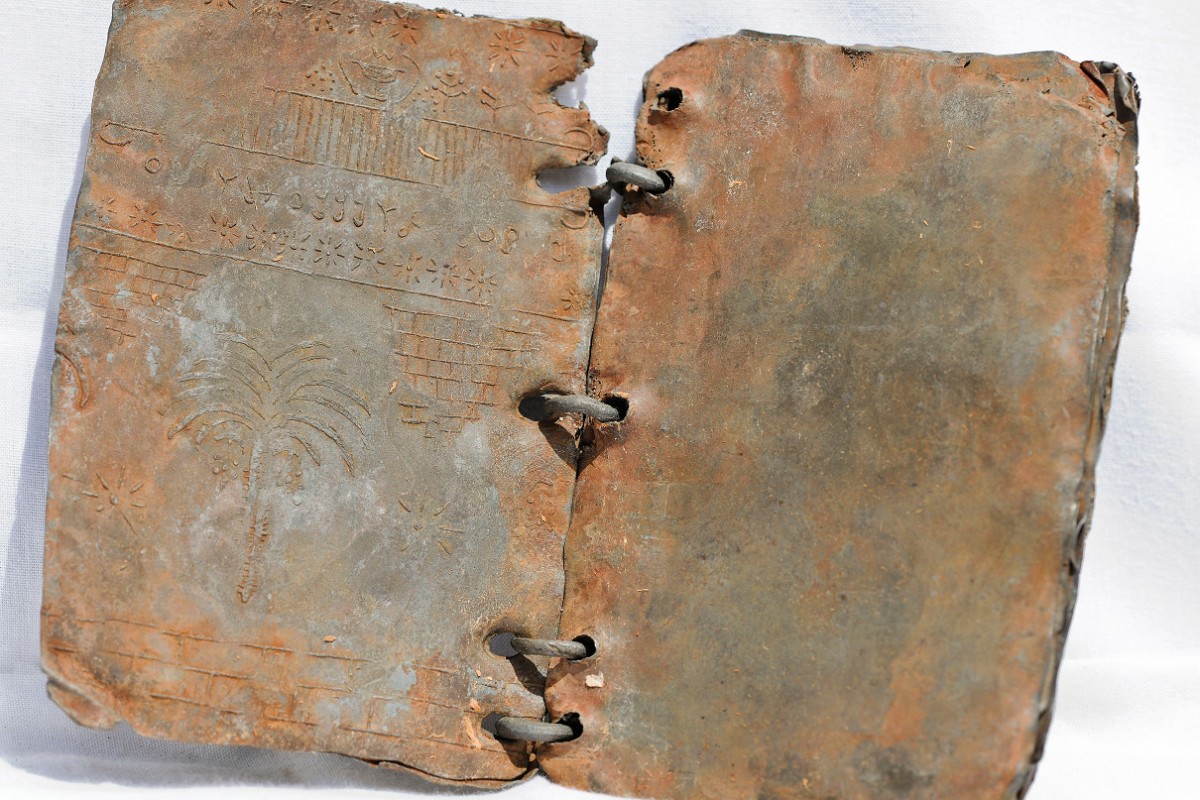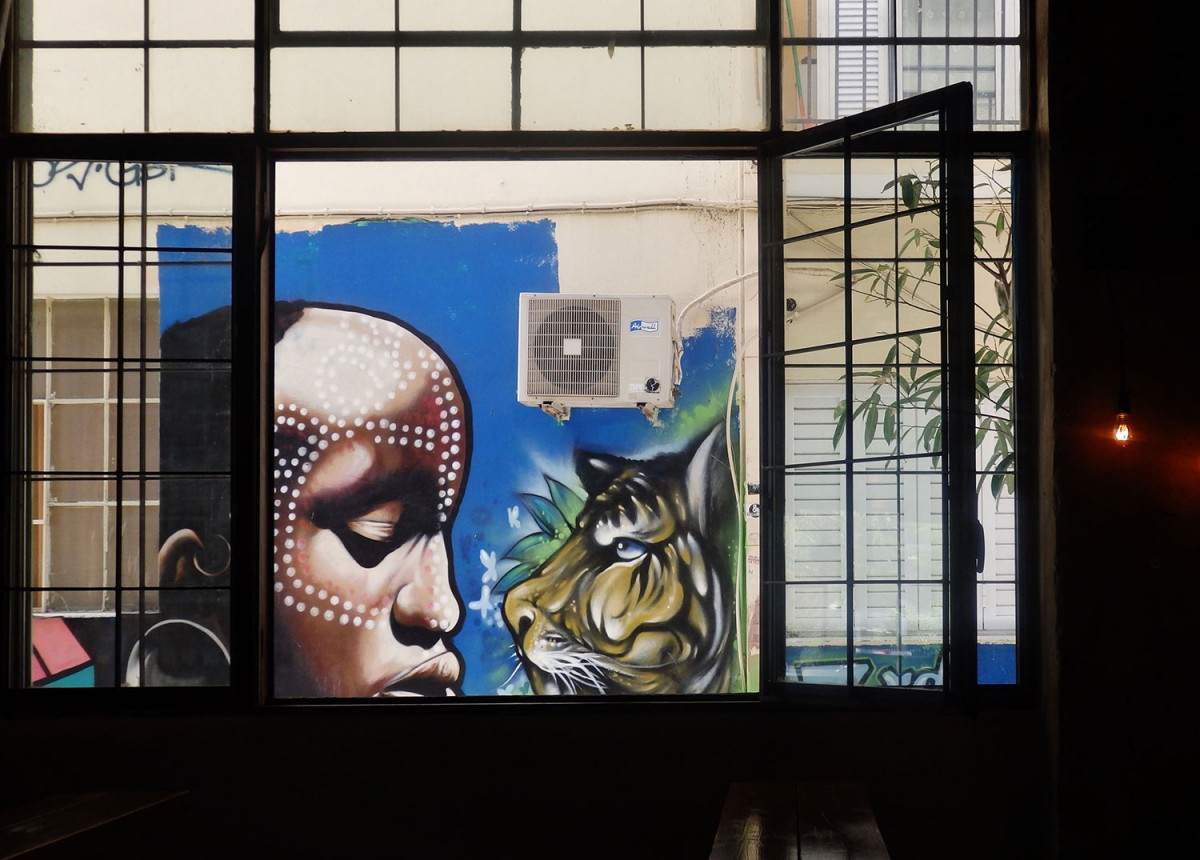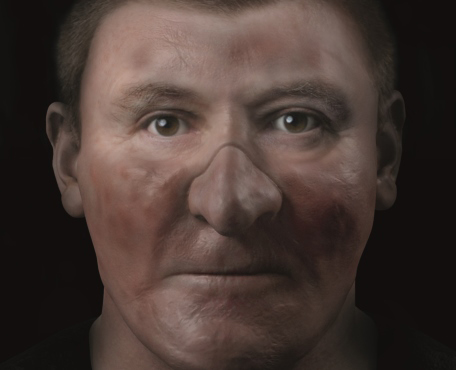A human skeleton found in a well of the Pafos Agora
Rooms, glass vessels, coin hoards and a human skeleton were found during the Agora excavations in the ancient city of Nea Pafos.
Merchant associations, domestic cults and architecture in late Hellenistic Delos
The lecture examines the material as well as the epigraphic evidence of merchant associations and domestic cults in late Hellenistic Delos.
A 1st World War French-Serbian Military Hospital in Thermi/Sedes
Temporary photographic exhibition opening on December 22nd, in the Historical Museum of Serbia.
Researchers investigate ancient species in Gulf of Alaska
Invasive species have shaped island ecosystems and landscapes in the Gulf of Alaska, but their histories are unknown.
Study sheds light on the function of the penis bone in male competition
A new UCL study examines how the baculum (penis bone) evolved in mammals and explores its possible function in primates and carnivores.
Europe’s earliest humans did not use fire
Studying dental plaque from a 1.2 million year old hominin archaeologists extracted microfossils to find the earliest direct evidence of food eaten by early humans.
Crimean treasures to go to the Ukrainian State
A Dutch court ruled on December 14, 2016 that the Crimean artefacts loaned to the Allard Pierson Museum should return to Ukraine.
Unknown ‘sensual’ drawing by Leonardo da Vinci discovered in France
Tajan, the well-known French auction house announced the extraordinary discovery, the first in over fifteen years, of an exceptional work by the Italian Master Leonardo da Vinci.
About the media coverage of Vlochos
The Vlochos Archaeological Project team has published an statement in their website, in order to clarify some points concerning the media coverage of the results of the Vlochos fieldwork earlier this week.
Seal of sultan Abdul Hamid II conserved
Over the past year, the clock tower has undergone conservation measures and engineering reinforcement.
The species of Lucy was polygynous
New footprints of early bipedal hominins discovered at Laetoli, Tanzania, indicate marked body size variation among our 3.65 million-years-old ancestors and suggest a new insight into their social behaviour.
Twenty-five tombs found in Guangzhou, China
Archaeologists conducting excavations in Guangzhou found twenty-five tombs spanning from Shang Dynasty (1600-1046 BC) to Ming Dynasty (1368-1644).
New evidence of the existence of an unknown Roman camp in Armenia
Polish archaeologists found pottery sherds, which might attest to the exitence of a Roman military camp near the capital of Armenia.
Forensic technique reveals sex of prehistoric hand stencil artists
Prehistoric ancestors creating human hand stencils in caves 40,000 years ago can now be identified as male or female with more than 90% accuracy.
Researchers name two new horned dinosaur tribes
New research names two new tribes of horned dinosaurs (ceratopsians) based on characteristics related to frill (or head shield) ornamentation.
Swedish Archaeologists discover unknown ancient city in Greece
An international research team at the Department of Historical Studies, University of Gothenburg, is exploring the remains of an ancient city in central Greece.
Jersey was a must-see tourist destination for Neanderthals for over 100,000 years
New research led by the University of Southampton shows Neanderthals kept coming back to a coastal cave site in Jersey from at least 180,000 years ago until around 40,000 years ago.
YEAR Centre sheds new light on creation of ancient artefacts
Experimental archaeology at the Archaeology Department's "outdoor lab" of the University of York aims to answer questions about the past.
Recent discoveries in the temple of Amenhotep III
The members of The Colossi of Memnon and Amenhotep III Temple Conservation Project have recently discovered in the temple of Amenhotep III in Luxor West Bank, a series of statues.
Jordan lead codices not modern forgeries
A lead codex discovered in approximately 2005, in a cave in Northern Jordan, that forms part of the collection of ‘Jordan Lead Codices’, was recently tested at the University of Surrey Ion Beam Centre with exciting results.
The face of a Neolithic man has been accurately reconstructed
Archaeologists at the British Museum have created a reconstruction of the face of a Neolithic man.
Feathered dinosaur tail found in amber
Fossil preserved in amber from Myanmar is the tail of a feathered dinosaur, a study finds.
Athens Views by Ianna Andreadis
The participatory photographic project "Athina Thea", by Ianna Andreadis, presents an unpublished and yet familiar view of Athens from the windows and the gaze of its inhabitants.
Is this the face of Robert the Bruce?
Could this be the face of Robert the Bruce, who ruled Scotland from 1306 to 1329, as it has never been seen before?
